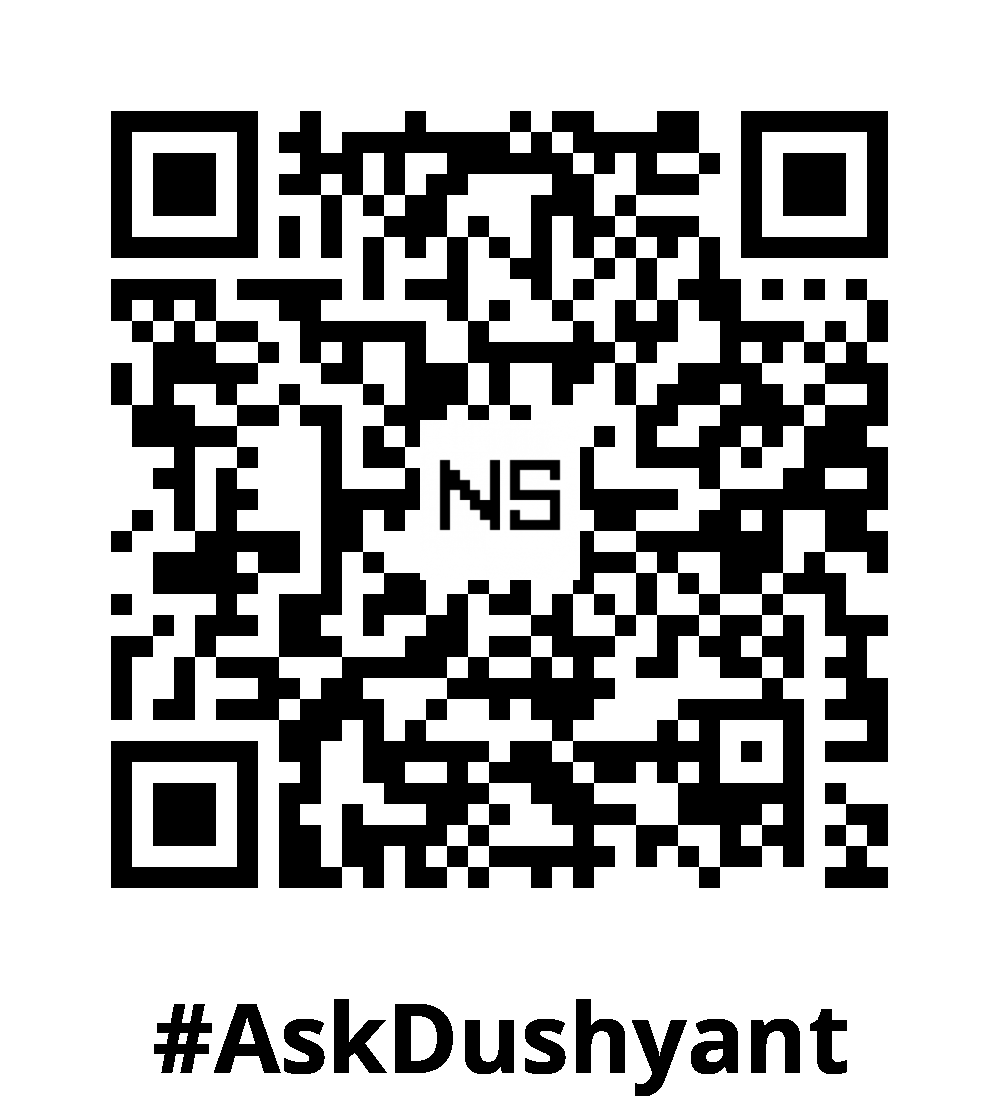As digital payments continue to reshape global commerce, the backend systems powering these transactions are often misunderstood. Developers, startups, and businesses frequently ask: What’s the difference between banking APIs and payment gateways? Aren’t they doing the same job?
The short answer is — they’re both critical, but they serve very different roles in the payment ecosystem.
This tech concept breaks down how banking APIs and payment gateways operate, where they overlap, and how they power modern fintech and e-commerce platforms. With 20 years of experience driving tech excellence, I’ve redefined what’s possible for organizations, unlocking innovation and building solutions that scale effortlessly. My guidance empowers businesses to embrace transformation and achieve lasting success.
Understanding the Basics
What is a Payment Gateway?
A payment gateway is a service provider that facilitates transactions between a customer and a merchant by securely capturing and transmitting payment data to banks or payment networks (Visa, MasterCard, UPI, etc.).
Think of it as a middle layer that:
- Accepts payment from the user
- Validates and routes the transaction to the appropriate banking network
- Handles security (encryption, tokenization)
- Returns success/failure response to the merchant
Popular payment gateways include:
- Stripe
- Razorpay
- PayPal
- Square
- PayU
- Cashfree
What is a Banking API?
A banking API (Application Programming Interface) is a direct, programmatic connection to a bank’s backend system. These APIs allow authorized applications to:
- Retrieve bank account balances
- Initiate direct payments or transfers
- Verify customer identity (KYC)
- Manage UPI handles or mandate payments
- Pull mini-statements or transaction history
Banking APIs are often used in:
- Embedded finance
- Neobanking apps
- Automated reconciliation systems
- B2B payout workflows
- UPI and direct debit integrations
Key Differences Between Banking APIs and Payment Gateways
| Feature/Function | Payment Gateway | Banking API |
|---|---|---|
| Role | Middleman between merchant and bank | Direct interface to bank’s systems |
| Primary Use Case | Accepting online payments from customers | Sending/receiving money via bank infrastructure |
| Examples | Stripe, Razorpay, PayPal, PayU | Yes Bank API, ICICI Bank API, Axis Bank API |
| Onboarding | Fast, plug-and-play for merchants | Requires bank approval, KYB/KYC |
| Supported Methods | Cards, wallets, UPI, net banking | UPI, NEFT, RTGS, IMPS, direct account debits |
| Compliance | PCI-DSS, GDPR, regional payment regulations | RBI, ISO 20022, PSD2, bank-specific security |
| Settlement Process | Aggregated settlement by gateway to merchant | Direct credit via bank APIs |
| API Control | Managed by third-party (gateway provider) | Direct integration with bank-managed endpoints |
| Pricing | Gateway fees per transaction (1.5%-3%) | Usually lower, flat-rate or custom B2B pricing |
| Ownership of UX | Gateway-hosted (redirect or embedded iframe) | Developer fully controls UI/UX |
A Real-World Analogy
Imagine you’re sending a parcel:
- Payment Gateway = Courier service. You give the parcel, and they handle everything — pickup, routing, delivery, and confirmation.
- Banking API = Direct access to a logistics warehouse. You drive in, label and dispatch your parcel yourself using the system.
Both get the job done — but gateways focus on ease, while banking APIs focus on control and customization.
Example: UPI Payment Flow via Gateway vs Banking API
Using Razorpay (Payment Gateway):
- Customer clicks Pay with UPI
- Razorpay API generates a
upi://paylink - Customer approves in UPI app
- Razorpay confirms payment via webhook
- Merchant receives a success/failure callback
Using Direct UPI API from Bank:
- Backend hits
/upi/collectwith customer’s VPA and amount - UPI intent is triggered
- Issuing bank confirms transaction via NPCI
- Merchant polls
/upi/statusto confirm result
Key difference: Razorpay simplifies the process but adds abstraction. Banking API requires more coding and regulatory approvals — but gives complete visibility and control.
When to Use a Payment Gateway
Choose a payment gateway if you:
- Are building an e-commerce store or SaaS platform
- Need to go live quickly with minimal compliance overhead
- Want to offer multiple payment options instantly (cards, wallets, UPI)
- Prefer a pre-built payment page or checkout experience
- Don’t want to manage complex reconciliation and settlement processes
Gateways make it easy to integrate payments with minimal technical effort.
When to Use Banking APIs
Choose direct banking APIs if you:
- Are building a fintech product (wallet, neobank, payout engine)
- Need deeper access to user accounts (balance, KYC, statements)
- Want to control the full payment UI/UX
- Need to perform large-scale, real-time disbursements or collections
- Care about reducing transaction fees at scale
Examples include:
- A lending platform collecting EMI payments via e-mandates
- A gig platform automating payouts via IMPS or UPI APIs
- A B2B app performing instant settlements to supplier accounts
Can You Use Both?
Absolutely. Many advanced platforms use both:
- Payment Gateway for customer checkout and subscription payments
- Banking APIs for backend operations like refunds, payouts, settlements, or UPI-based workflows
This hybrid model offers the speed and simplicity of gateways with the granular power of banking APIs.
My Tech Advice: Banking APIs and payment gateways may both deal with digital transactions, but they serve different roles. Payment gateways are ideal for fast, secure, and easy-to-integrate customer payments. Banking APIs are designed for deeper, more controlled, and often larger-scale financial operations.
Understanding the distinction is essential for building the right payment stack — whether you’re launching an online store, building a fintech app, or scaling an enterprise-grade financial service. The future of digital money lies in combining both, using gateways for convenience and banking APIs for control.
Ready to build your own tech solution ? Try the above tech concept, or contact me for a tech advice!
#AskDushyant
Note: The names and information mentioned are based on my personal experience; however, they do not represent any formal statement.
#TechConcept #TechAdvice #Banking #PaymentGateway #Finance #Digital


Leave a Reply